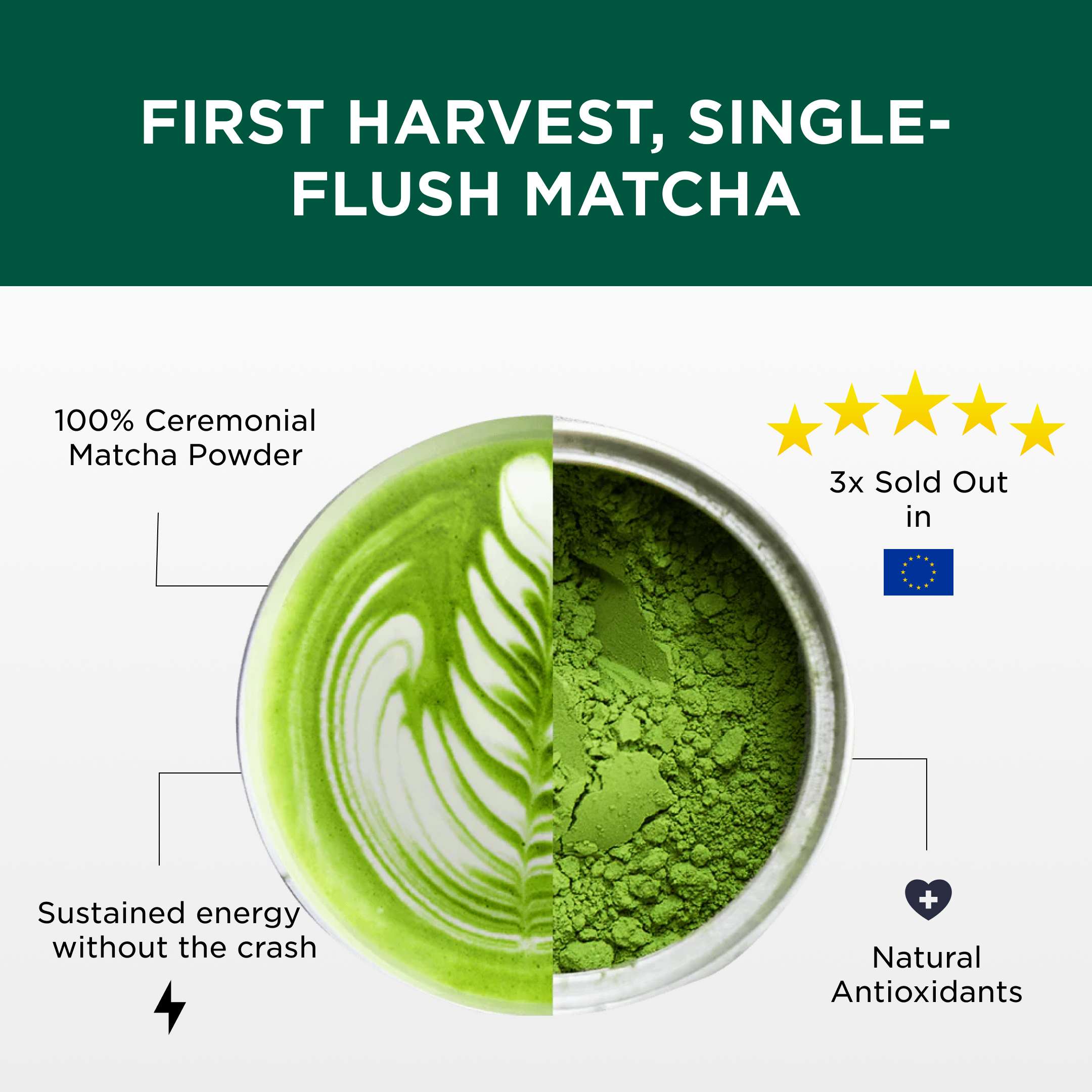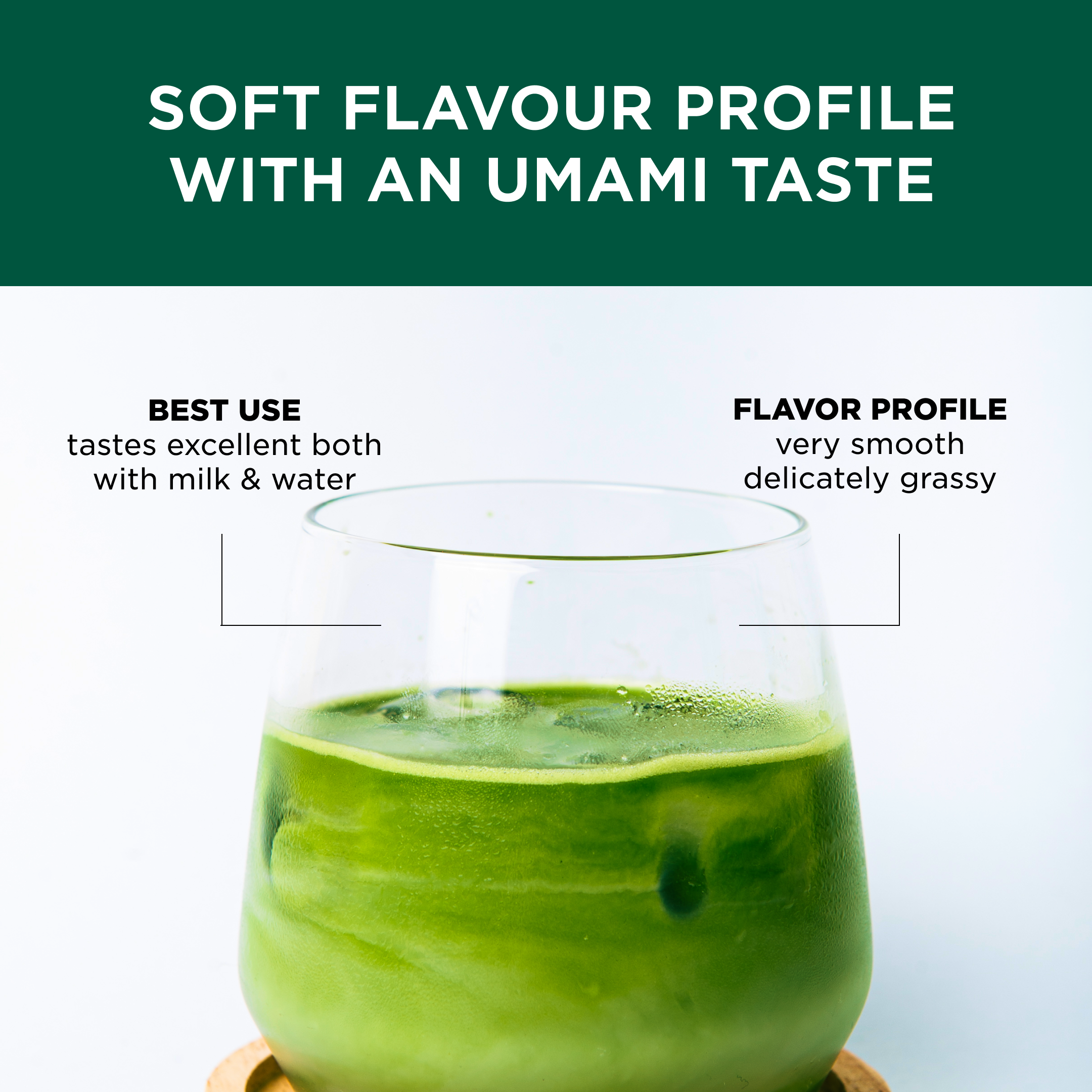Introduction
Matcha, the finely ground powder of specially grown and processed green tea leaves, has become a global phenomenon, treasured for its health benefits and unique flavor. However, not all matcha is created equal. The grading system for matcha is a crucial aspect that determines its quality, usage, and price. Among the different grades, ceremonial grade matcha stands out as the highest quality available. This article delves into the matcha grading system and the distinct characteristics of ceremonial grade matcha.
Matcha Grading System Explained
Matcha is primarily divided into two main categories: ceremonial grade and culinary grade. The grade is determined by several factors including the location of the tea plants, processing methods, and flavor profile.
-
Location of Tea Plants: The best matcha comes from tea plants grown in the shade. This process increases chlorophyll levels, giving the tea a vibrant green color and enhancing its nutritional profile.
-
Processing Methods: After harvesting, the leaves are steamed, dried, and then stone-ground into a fine powder. The attention to detail during these processes greatly affects the texture, color, and taste of the matcha.
-
Flavor Profile: The flavor of matcha is influenced by the amino acids and catechins in the leaves. Higher grade matcha typically has a more complex flavor profile, with a balance of sweetness and umami.
Culinary Grade vs. Ceremonial Grade
-
Culinary Grade Matcha: This grade is best used for cooking and baking. It's more affordable and has a stronger, more bitter taste, which makes it perfect for blending with other ingredients in recipes.
-
Ceremonial Grade Matcha: This is the highest quality matcha and is traditionally used in Japanese tea ceremonies. It's made from the youngest tea leaves, which are picked during the first harvest. The leaves are then carefully ground into a fine powder, ensuring a delicate flavor and texture.
Characteristics of Ceremonial Grade Matcha
Ceremonial grade matcha is distinguished by several key characteristics:
-
Vibrant Green Color: It has a bright, vibrant green color, indicative of high chlorophyll content and superior quality.
-
Fine Texture: The powder is extremely fine and silky, a result of the meticulous stone-grinding process.
-
Subtle, Refined Flavor: Unlike lower grades of matcha, ceremonial grade has a subtle, refined flavor. It lacks the bitterness found in culinary grade matcha and instead, offers a smooth, creamy taste with hints of natural sweetness and umami.
-
Rich in Nutrients: This grade of matcha is exceptionally high in antioxidants, amino acids, and other nutrients, making it not just a delicious beverage but also a healthful one.
Using Ceremonial Grade Matcha
To fully appreciate ceremonial grade matcha, it should be prepared in the traditional Japanese way. This involves sifting a small amount of matcha into a bowl, adding hot water (not boiling), and then whisking it with a bamboo whisk until it becomes frothy. This preparation method highlights the delicate flavors and aromas of the matcha.
Conclusion
Understanding the grading system of matcha is crucial for choosing the right matcha for your needs. Ceremonial grade matcha, with its exquisite flavor and texture, stands at the pinnacle of this system. Ideal for traditional tea ceremonies and for those who want to savor matcha in its purest form, ceremonial grade matcha is a testament to the art and tradition of Japanese tea-making. Whether you're a seasoned matcha enthusiast or new to the world of Japanese green teas, exploring the different grades of matcha can be a delightful and enriching experience.















